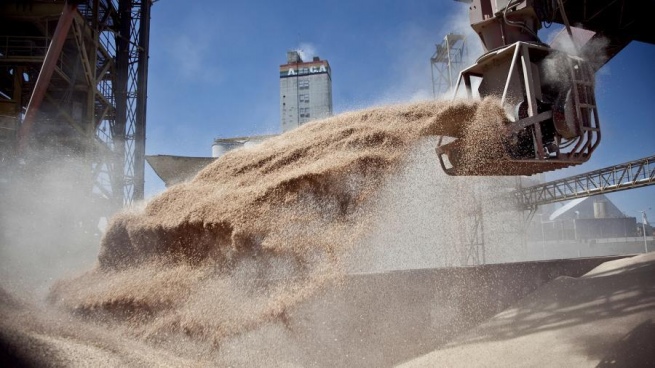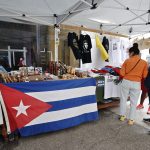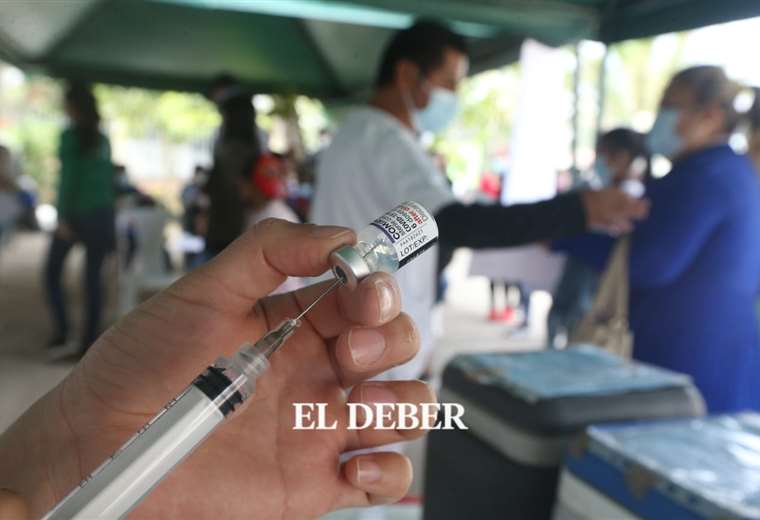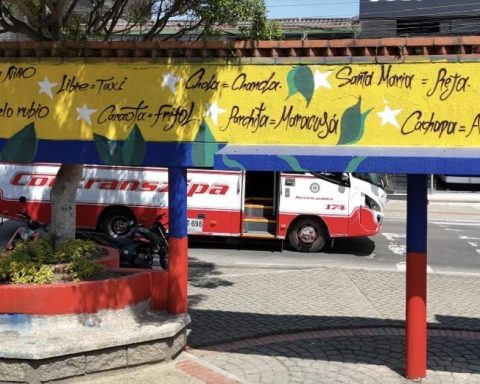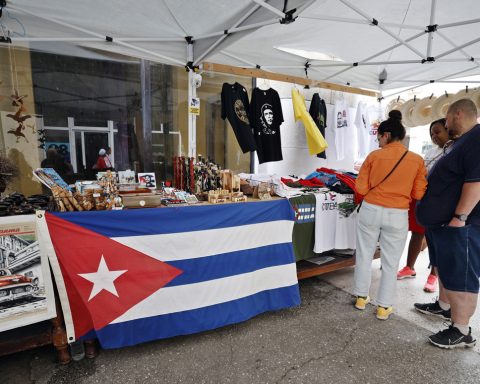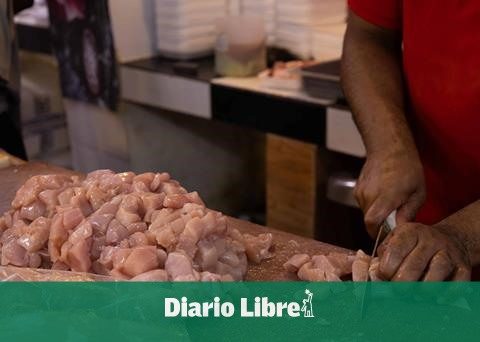The agro-exporters grouped in the Chamber of the Oil Industry (Ciara) and the Cereal Exporters Center (CEC) settled US$ 22,309,018,970 in the first seven months of the year, the largest sum for that period since records are available, surpassing the previous record for the period January-July 2021 by 10.55%.
The entities reported in a statement that in July the companies in the sector settled the sum of US $ 3,164,056,788, the first month of the year with a year-on-year drop, 10.1% below the same month of 2021 and 17.07% less than in June.
If comparisons are made with the same period of previous years, the growth observed between January and July was 92.26% compared to 2020, 76.88% compared to 2019 and 56.34% more than in 2018.
The significant difference with respect to the settlements from January to July 2020 was due to the decision of the agro-export sector to advance them in the last months of 2019, anticipating an increase in withholdings.
Still, Ciara and CEC cautioned that “statistical comparisons across time periods are generally imprecise or inaccurate as foreign exchange settlement is strongly influenced by the grain trading cyclewhich depends on diverse and changing exogenous factors”.
Among these factors, they pointed out as the main “international price oscillations, retraction of supply, different volume and protein value of crops, weather conditions, holidays, union force measures, regulatory changes, tariff and para-tariff barriers from abroad, phytosanitary requirements. or quality products from other countries”, among others.
The information provided by the agro-export sector coincided with the beginning of the period in which the banks were able to offer their clients the new instrument designed by the national government to encourage agricultural producers to sell their soybean harvest before August 31.
This is the possibility of depositing 70% of the pesos obtained from soybean exports in an account that adjusts daily for changes in the exchange rate, and the remaining 30% to buy foreign currency at the “savings dollar” (official + 65% ), which on Friday closed at $226.50 at Banco Nación, the same price as it opened on Monday.
According to calculations by the Ministry of Agriculture, there are currently about US$ 10,000 million in grains that have not yet been liquidated.of which a smaller portion -close to US$ 3,000 million- is in collection centers, but still without a fixed price, so its sale has not yet materialized.
In a statement, Ciara and CEC indicated that last month “the export of grains has been affected by the negative climatic effects on the thick harvest, as well as roadblocks and demonstrations by self-organized carriers that prevented the entry of thousands of trucks to the ports.
These events deepened “the idle capacity of the soybean crushing industry that continues to work with negative margins even in the middle of the heavy season,” they added. On the other hand, they claimed that “export VAT recovery delays are reducing the ability to pay of the export sector.
“Let us remember that the total of the foreign currency entered monthly remains in the power of the BCRA, who deliver pesos, at the official exchange rate, to the exporters to be able to carry out the operations of buying and selling grains in the national market,” the entities mentioned.
As usual, Ciara and CEC specified that “The oilseed-cereal complex, including biodiesel and its derivatives, contributed last year 48% of total exports from Argentinaaccording to data from the Indec (National Institute of Statistics and Censuses).
In this regard, they highlighted that “the country’s main export product is soybean meal (14.2% of the total), which is an industrialized by-product generated by this agro-industrial complex, which currently has a high idle capacity close to 50%” .
They also pointed out that “The second most exported product last year, according to INDEC, was corn (11%) and the third was soybean oil (6.9%)”.
